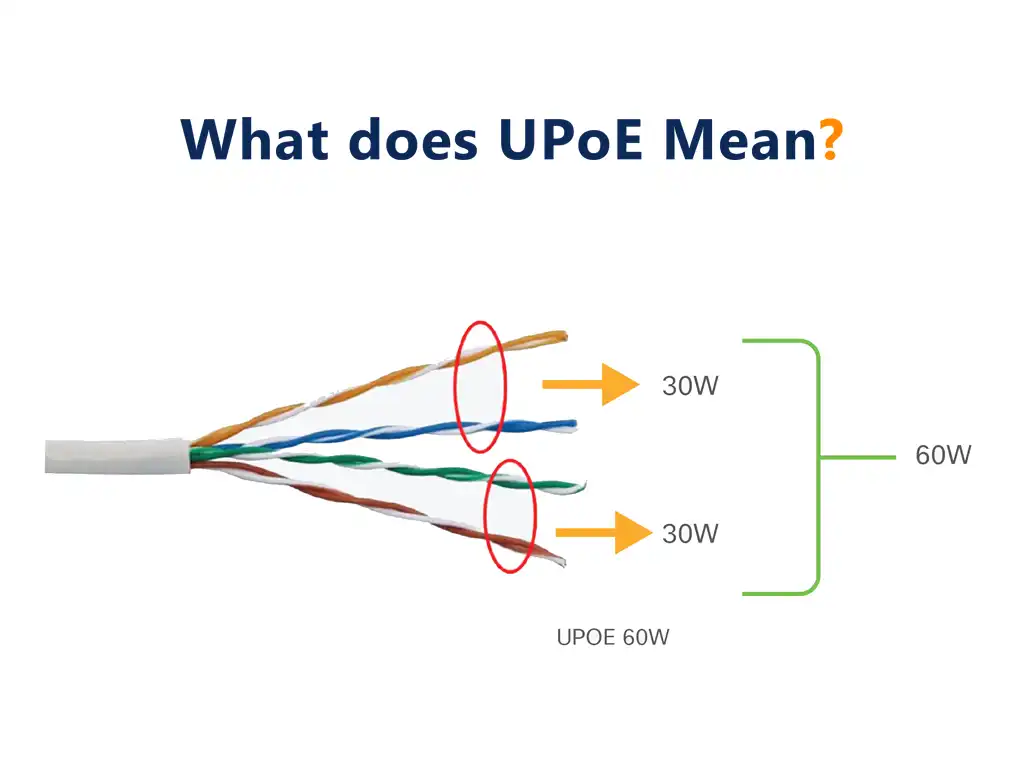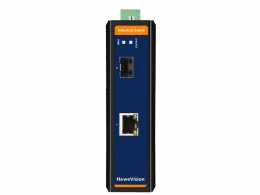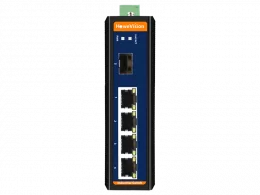As expected from the name, UPoE stands for Universal Power over Ethernet.
If you already have some fundamental knowledge of PoE, the maximum power from PoE technology is 90 watts.
In 2014, Cisco Systems, Inc. upgraded the functionalities of PoE Type 2 and introduced UPoE with a high-power mechanism to extend resilient network power. UPoE technology can provide 60 watts of power to devices. This power is available on all ports without any decrease, making it an outstanding option for networking systems.
In 2018, Cisco also upgraded UPoE into UPoE+. Let’s learn more about UPoE and its working system.
5 Fundamentals about the UPoE
Here are some facts you must know about the
It uses four pairs of copper wire and delivers power to all ports.
You can observe the two pairs of copper wires in networking technology or an Ethernet system.
Cisco has extended UPoE’s features and enabled access to four pairs of copper wires. Moreover, it delivers power over all the ports, making it easy to assemble multiple connected devices on the LAN.
Its Working Standard is Cisco’s Proprietary
There are multiple types of technologies, including Ethernet technology, WiFi 6.0, and Fiber Optics. They all work on some principles, such as the Institute of Electrical and Electronics Engineering principles.
Since Cisco has extended the features of PoE, UPoE works on Cisco Proprietary standards, stimulating the high power in the devices.
UPoE supports different models of Cisco.
UPoE has different applications and approaches to the devices; if your laptop has a power of around 50 watts, it is simply outstanding! UPoE can support it and charge it.
Moreover, it can endorse many other remote devices like building management gateways, virtual desktop terminals, and compact switches. I have listed the primary applications as:
- LED lights
- VoIP phones
- IP Cameras
- Compact switches
- Virtual desktop terminals
- IP phone
- IP turrets
- Building management gateways
- Wireless access points
Cisco Catalyst Cisco 4500E, 3850, and 3650 are prominent models upon which it works. UPoE has power upgrades and offers a better networking solution.
Remote Device Communications are possible through Universal Power over Ethernet.
A fast data network and a high-power system can promote technical communications among remote devices.
UPoE has these features to enhance reliability, communication, and virtual connections. Furthermore, UPoE has improved the network’s movability.
Suppose we take Virtual Desktop Infrastructure(VDI) as an example. In VDI systems, the network experts and operators have their laptops in the data centers. At home, they can access their profiles with their personal computers, which contributes to a PoE.
It has two benefits:
- Reduces efforts to move significantly at night when you need to manage security.
- Overall, cost shrinks effectively due to the flexibility of UPoE.
Easy Upgradation of Existing network
Network up-gradation is a severe issue when you seek more technical applications. One another problem is the replacement of the network, which can be both:
- Expensive
- Time-Consuming
UPoE has diminished this concern by quickly and efficiently upgrading the existing network in technology. You can centralize your power supply, implement new systems, and develop a promising antidote for your network problems.








